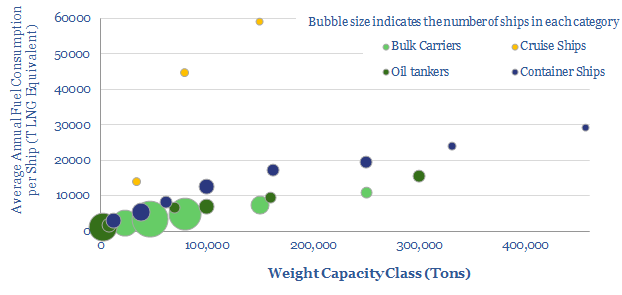
The 240MTpa shipping-fuels market will be disrupted from 2020, under IMO sulphur regulations. Hence, this data-file breaks down the world’s 100,000-vessel shipping fleet into 13 distinct categories. Fuel consumption is…
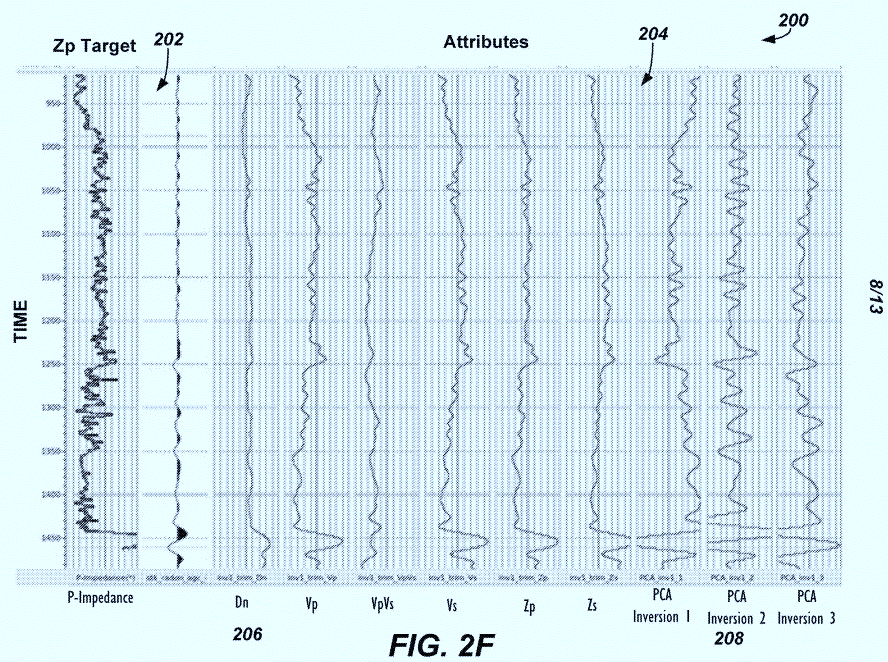
…technologies we have diligenced so far (chart below). Although, please note, we are still “early” in our project to categorize who has the best technologies in oil and gas. If…
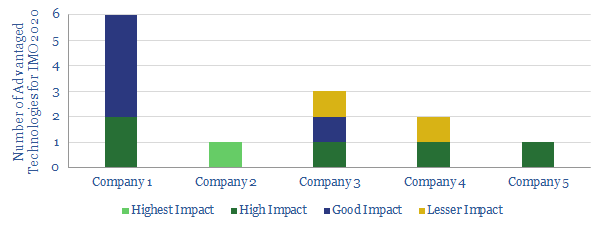
So far we have reviewed 400 patents in the downstream oil and gas industry (ex-chemicals). A rare few prompted an excited thought — “that could be really useful when IMO…
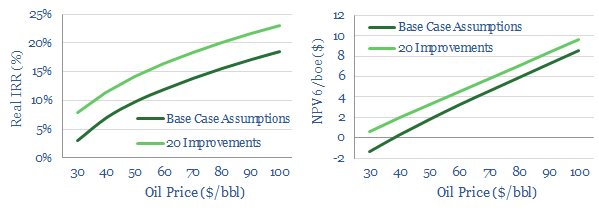
This data-file quantifies the impact that technology can have on offshore economics. We start with a 250-line field model, for a typical offshore oil and gas project. We then list…
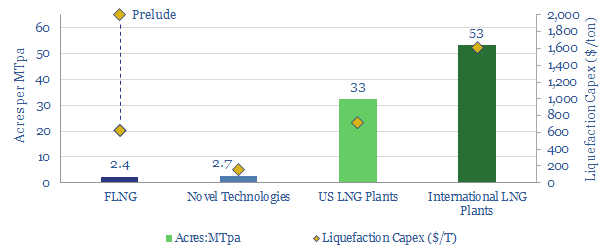
…have over 20,000 workers on site at any one time, which will be challenging amidst COVID. US LNG projects have been smaller, at c30-acres per MTpa, as high-quality input gas…
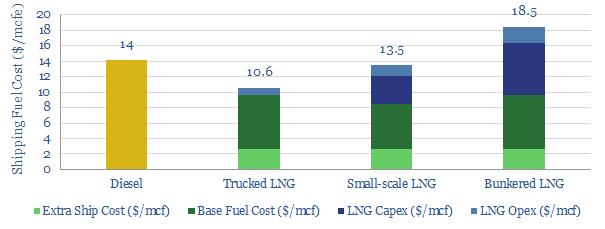
This model provides line-by-line cost estimates for LNG as a shipping fuel, compared against diesel. We used industry data and academic studies to estimate the all-in costs for (a) trucking…
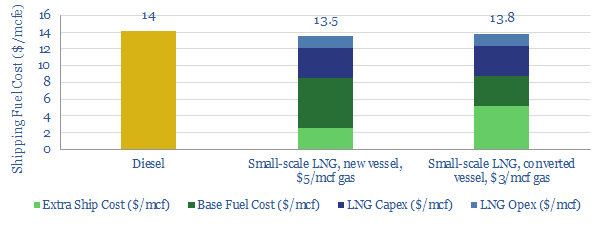
…explains, similarly, why LNG is less advantageous in the shale patch than converting rigs and frac spreads to piped gas. Other technologies. Page 17 notes other companies with interesting offerings…
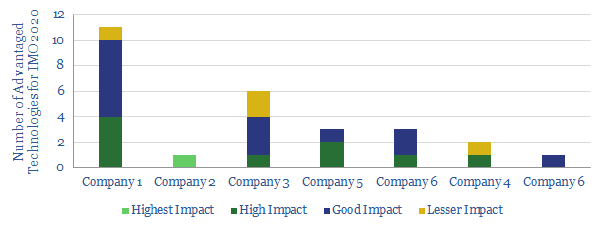
So far we have reviewed 450 patents in the downstream oil and gas industry (ex-chemicals). A rare few prompted an excited thought — “that could be useful when IMO 2020…
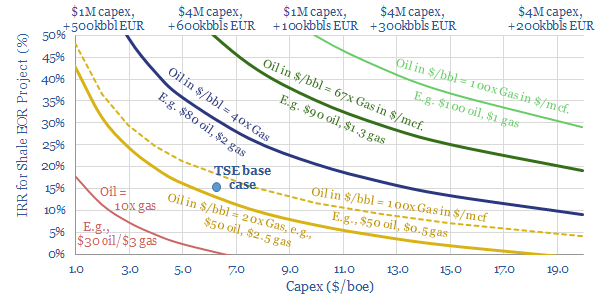
…in-basin gas will improve the economics to c20% IRRs (at $50 oil). Production per well can rise by 1.5-2x. The theme could add 2.5Mbpd to 2025 output. $599.00 – Purchase Checkout Added…
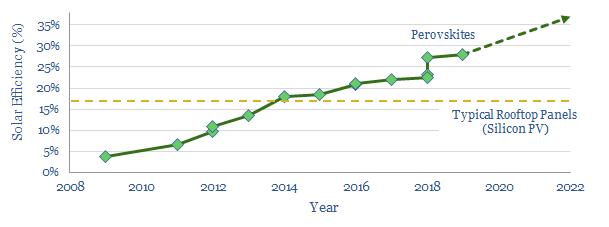
…of oil by 2050, while the need for gas will treble, even with $300bn pa invested in wind and solar (chart below, model here) . What can accelerate the transition…










